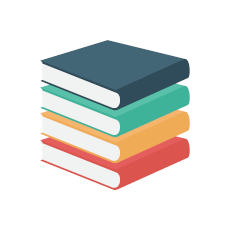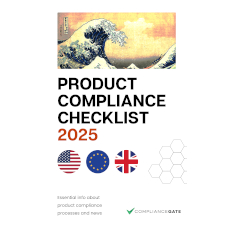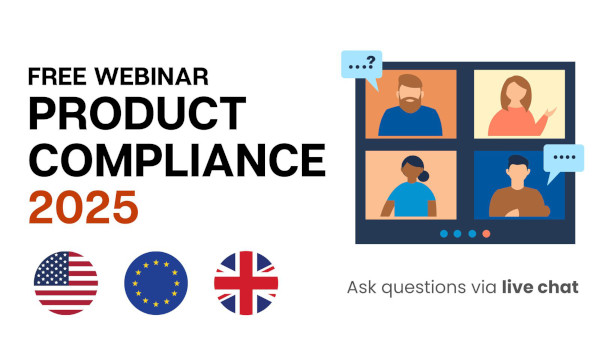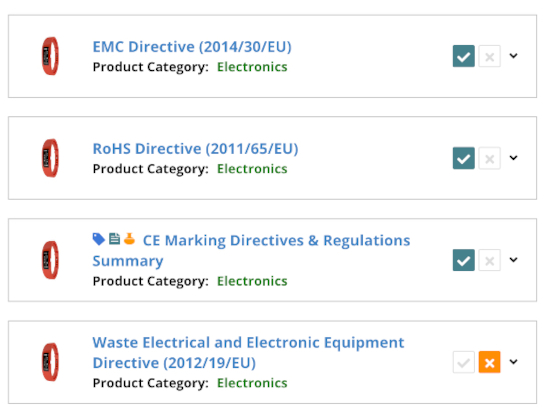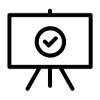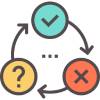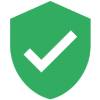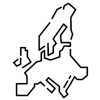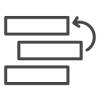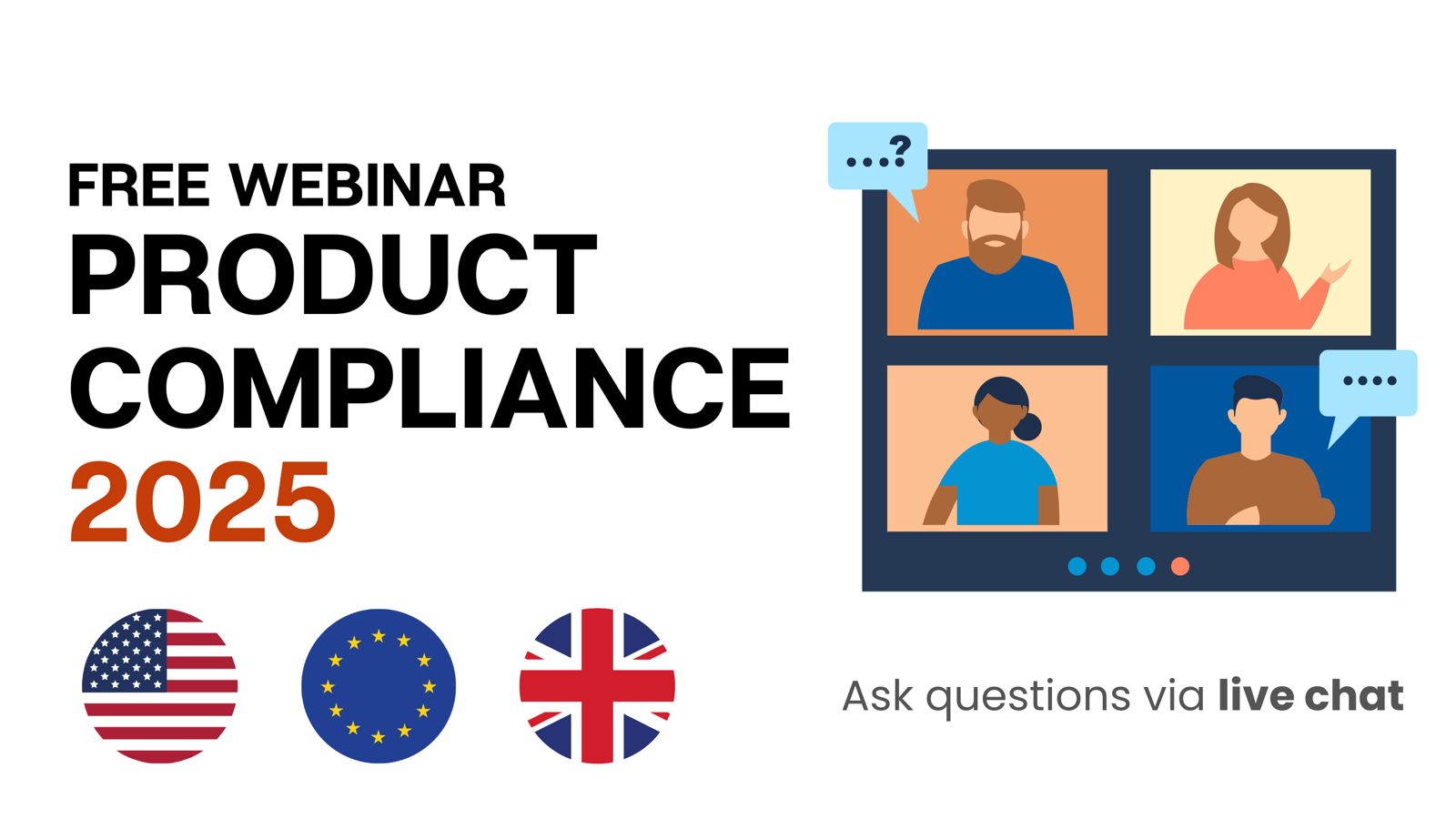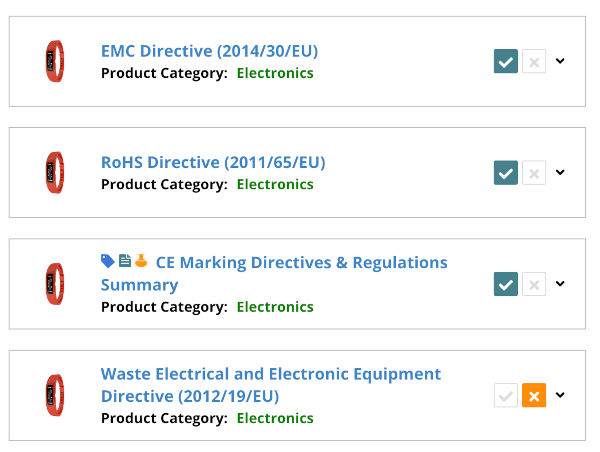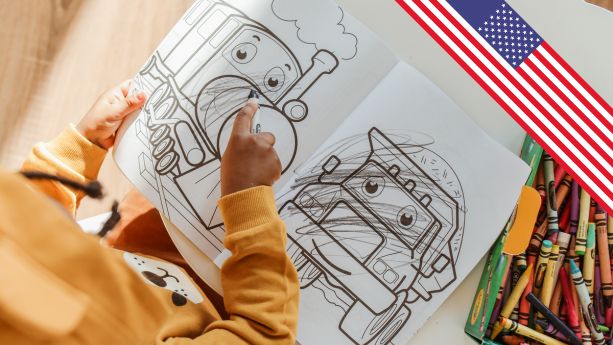
Children’s books sold in the United States are subject to various regulations and standards, which in turn set requirements concerning chemicals, small parts, labelling, certification, and more.
Books intended for children that do not comply with the safety requirements are dangerous as children may, for instance, remove a small detachable part of the book and swallow it, leading to suffocation.
This guide takes a closer look at how the CPSIA, ASTM F963, the Lacey Act, and other compliance requirements cover children’s books sold in the United States.
Content Overview

FREE CONSULTATION CALL (US, EU & UK)
- Request a free 30-minute call with Ivan Malloci to learn how we can help you with:
- Find product requirements
- Certification and labeling
- Lab testing
Consumer Product Safety Improvement Act (CPSIA)
The CPSIA sets safety requirements for products intended for children that have 12 years or younger, including children’s books. It generally mandates importers and manufacturers of children’s products to:
a. Have a CPSC-accepted lab test the product according to applicable standards
b. Comply with requirements such as substance restrictions and mechanical safety
c. Attach a tracking label to the product
d. Draft a Children’s Product Certificate
Children’s books age determination
The CPSC’s Age Determination Guidelines provide information that helps you determine whether your book falls under the scope of the CPSIA. Books intended for children of 12 years or younger are deemed to be children’s products. There are also various age group classifications within this age span.
There are various criteria that you can use to determine which age group a book is intended for:
- Number of parts
- Materials
- Size of parts
- Sensory elements
- Level of realism
- Color/contrast
Besides determining if your book is intended for children of 12 years or younger, it is also important to assess if the product is intended for younger children, as additional requirements may apply. For example, some products intended for children under 3 years should not contain any small parts, as young kids could swallow these parts and suffocate.
The table below summarizes the various criteria for books meant for children of different age ranges.
| Age group | Description |
| Birth through 3 months | The guidelines claim that children younger than three months lack the ability to interact with books and, thus, do not provide any applicable criteria or product examples. |
| 4 through 11 months |
|
| 12 through 18 months |
|
| 19 through 23 months |
|
| 2 years |
|
| 3 years |
|
| 4 through 5 years |
|
| 6 through 8 years |
|
| 9 through 12 years |
|
Substance restrictions
The CPSIA sets substance restrictions for children’s products, which may include books. Generally, you need to ensure your children’s products do not contain more than 100 ppm of lead in accessible components.
However, according to the CPSC website, the CPSC exempts “ordinary books” and “ordinary paper-based printed materials” from the lead limit testing requirement. “Ordinary books” are paper or cardboard, printed with ink, and bound for reading or learning. “Ordinary paper-based printed materials” are magazines, posters, and cards that are paper-based, printed with ink, and finished conventionally.
The exemption does not apply to:
- Books intended for children that are three years or less
- Books that have “play value” (e.g. 3D popup books that allow the child to interact and play with the book)
- Accessories that come with the book (e.g. toys)
Additionally, 16 CFR Part 1307 – Prohibition of Children’s Toys and Child Care Articles Containing Specified Phthalates sets restrictions on certain phthalates. This may be relevant for some children’s books, such as those that come accompanied by toys and other accessories that allow children to play.
Note that relevant standards may also set substance restrictions, and you can use them to ensure your children’s books do not exceed the substance limits.
Small parts
Children’s products intended for children aged 0-3 years generally should not contain any small parts.
Additionally, if the product is intended for kids aged between 3 and 6 years and contains small parts, it should bear a label that has the warning symbol and the statement:
WARNING:
CHOKING HAZARD – Small parts
Not for children under 3 yrs.
That’s because children may ingest small parts that come loose or detach.
We found that 16 CFR 1500 and 1501, which set the requirements for small parts, exempt “books and other articles made of paper”. Having said that, we also found that CPSC has recalled several books that contained detachable small parts such as “binding rings”.
Although we cannot know this for certain, it is possible that while some books may be exempted by the small parts requirements, books that contain other detachable parts (e.g. rings or fabric pathes) may still be subject to the requirements due to choking hazards.
Standards
We could not find any CPSIA or ASTM standard that specifically covered books or children’s books. However, other standards may be relevant and thus apply, even if only partially.
For instance, ASTM F963 – Standard Consumer Safety Specification for Toy Safety, which is incorporated by reference under CPSIA, may cover some aspects of children’s books if they contain accessories, such as toys.
Children’s Product Certificate
The CPSIA requires you to create a Children’s Product Certificate for your children’s book. You need to provide the following in your certificate:
a. Product identity (name and description)
b. List of applied ASTM and CPSC standards (e.g., ASTM F963)
c. Importer or manufacturer details (name, address, phone number)
d. Contact information of the person holding the test results (name, address, email, phone number)
e. Place (city, state, country) and date of manufacture (month, year)
f. Place (city, state, country) and date of testing (month, year)
g. Name, address, and phone number of third-party, CPSC-accepted laboratory
Tracking Label
The CPSIA mandates you to provide a permanent tracking label with your children’s product, and include in that label:
- Importer or manufacturer name
- Place and date of manufacture
- Product batch or run number
- Information about the product (e.g., materials)
- Manufacturer contact information (address and phone number)
Lacey Act
The USDA APHIS implements the Lacey Act, which regulates the importation of plant products, which may include paper and books. You need to ensure that:
a. You do not make false statements concerning your product
b. You file a Lacey Act Declaration if your product is classified under a Harmonized Tariff Schedule code on the Implementation Schedule page of the USDA APHIS website.
Note that we could not find “books” or “paper” among the products listed under the Lacey Act Declaration Implementation Schedule. However, the list is long, and may cover some types of books or paper.
ISBN
ISBN is the abbreviation for “International Standard Book Number”. Retailers, publishers, and booksellers can use this unique 13-digit code to manage orders, sales, and inventory. The ISBN identifies who the publisher is, as well as the book’s specific title, edition, and format.
An ISBN consists of five elements:
a. Prefix element – Three digits long, and only either 978 or 979
b. Registration group element – Between 1-5 digits long, and identifies the geolocation of the country participating in the ISBN system
c. Registrant element – Up to 7 digits long, and identifies who the publisher or printer is
d. Publication element – Up to 6 digits long, and identifies the title’s edition and format
e. Check digit – 1 digit that validates the rest of the ISBN
We could not find any source stating that an ISBN is mandatory in the United States. However, having an ISBN could help you in selling your book to stores and libraries.
Recalls and compliance risks
Children’s books may contain small parts that pose choking hazards or detachable sharp parts that can cause laceration hazards to young children. Here are some examples of recalled children’s books on the CPSC’s Recalls & Product Safety Warnings page and the reasons for their recalls:
a. Counting book with binding rings – recalled for posing a choking hazard
b. Interactive and tactile book – recalled for posing a choking hazard
c. Children’s fabric book – recalled for posing a choking hazard
d. Storybook with slap bracelet – recalled for posing a laceration hazard
Lab Testing
You should generally get your products tested to ensure they comply with the regulatory requirements. If your product passes testing, you should receive a test report that proves product compliance.
For example, you need to ensure that your children’s books adhere to the small parts requirement and substance restrictions under CPSIA, and you do that by getting your product tested.
Book testing companies
Some companies, such as the following, claim they can test books against CPSIA requirements:
- TÜV SÜD
- Eurofins
- UL
- TÜV Rheinland
Additional Requirements
Some regulations may have requirements that apply to books sold in the United States.
| Regulation | Description |
| 16 CFR Part 1263 – Safety Standard For Button Cell Or Coin Batteries And Consumer Products Containing Such Batteries | Some children’s books may contain electronics that produce light and sound and are powered by coin or button cell batteries. As such, 16 CFR Part 1263 would apply to these products. |
| Regulations and standards for electronics | If the children’s book contains electronics, you would have to also comply with other regulations and standards, such as:
|
| California Proposition 65 | California Proposition 65 restricts the use of substances in consumer products, such as books.
For example, the ink in children’s books may contain substances that are subject to California Proposition 65’s substance restrictions, such as the following:
|
| 19 CFR Part 134 – Country of Origin Marking | Products imported or manufactured in the United States, such as children’s books, need to bear a country of origin label.
For instance, if the book was made in China, then the label should read “Made in China”. |
Recommended articles

